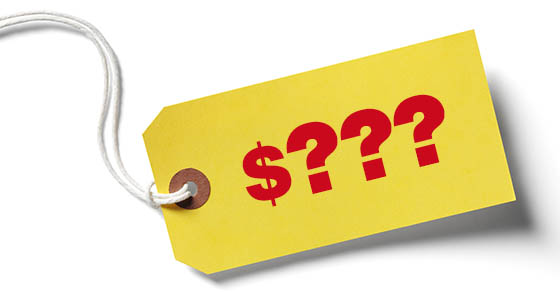Putting a price tag on intangible assets
 Intangible assets — such as patents, copyrights and trademarks — are essential to the operations of many companies, but they’re rarely reported on the balance sheet. And even when they are reported due to an acquisition, book value is often based on historical cost under U.S. Generally Accepted Accounting Principles (GAAP). However, historical cost may not represent current market value, especially if the acquisition happened long ago and the asset’s value has appreciated over time.
Intangible assets — such as patents, copyrights and trademarks — are essential to the operations of many companies, but they’re rarely reported on the balance sheet. And even when they are reported due to an acquisition, book value is often based on historical cost under U.S. Generally Accepted Accounting Principles (GAAP). However, historical cost may not represent current market value, especially if the acquisition happened long ago and the asset’s value has appreciated over time.
Valuing intangible assets is essential in many situations, including shareholder disputes, divorce cases, infringement claims, and gift and estate planning. So how do you determine what intangibles are worth in today’s volatile marketplace?
Critical factors
When valuing intangible assets, business valuation professionals generally consider the following factors:
- The economic benefits, direct or indirect, that the asset is expected to provide to its owner during its life,
- Previous or existing litigation involving the asset,
- The distinction between an undivided interest and a fractional interest in the asset resulting from, for example, shared ownership or a licensing agreement, and
- The feasibility and character of potential commercial exploitation of the asset.
Depending on the type of intangible asset, it also may be necessary to evaluate the asset’s expected remaining economic and legal life.
Basic appraisal techniques
Valuators apply one or more of three methods to determine value:
- Income approach. Under this approach, the valuator considers the economic benefits that are reasonably attributable to the subject asset and the risks associated with realizing those benefits.
- Market approach. The valuator assesses the relevant differences between the subject and comparable assets. However, it can be challenging to identify comparables with similar utility and expected economic benefits that have been sold within a reasonable time frame.
- Cost approach. The valuator considers the direct and indirect costs associated with the reproduction or replacement of the subject asset and accounts for any loss of value due to functional or economic obsolescence or reduced life expectancy.
Fine-tuning the approach
When applying these approaches, valuators must tailor their analyses based on the specific type of asset. For example, when valuing patents, they must consider such factors as the scope of legal protection, risk of patent exploitation, and public and private information about the patent and comparable or competing technologies. They also may need to factor in patent portfolio factors, including relevant synergies enabled by the aggregation of patent rights.
Copyright valuations, on the other hand, must recognize the scope of protection, including jurisdictional coverage, status of registrations and renewals, and whether the copyright relates to the original work or a particular derivative. Value also is affected by any public and private information that may be available regarding the copyrighted work, and comparable or competing works.
As for trademarks, valuators account for the ability of the holder to extend the trademark to related products and services without infringing on the trademarks of others. The valuator must also consider the nature and extent of protections afforded by any registrations and determine the possibility of abandonment due to nonuse and of the mark becoming generic. Finally, the expert reviews public and private information about the subject trademark and comparable or competing marks.
Challenging task
Intangible assets present numerous unique valuation challenges, because no two intangibles are exactly the same. It’s important to understand the relevant factors to help anticipate information requests from your valuation experts and evaluate the work of opposing experts. Contact us to discuss what’s appropriate for your situation.
© 2022



